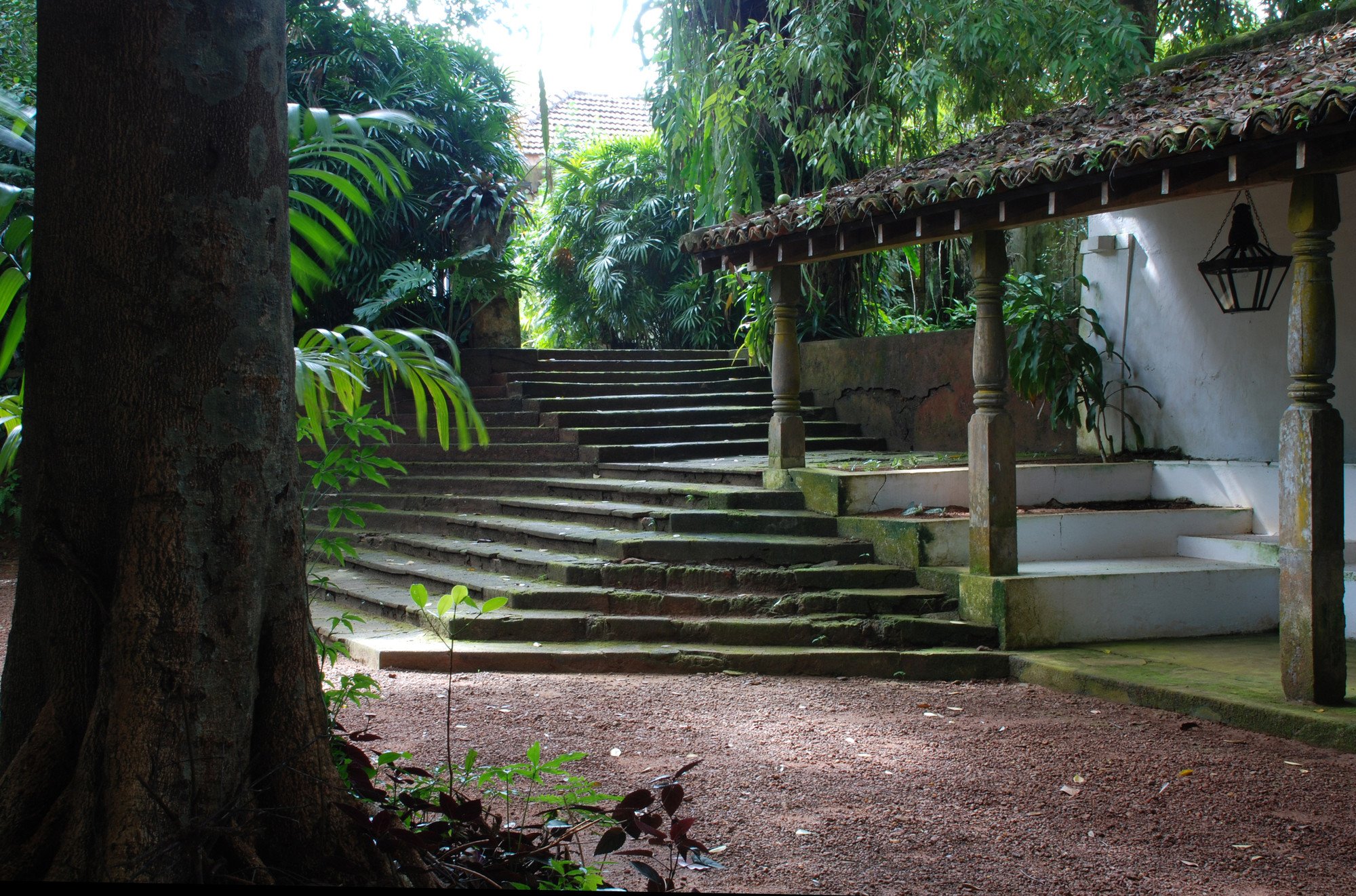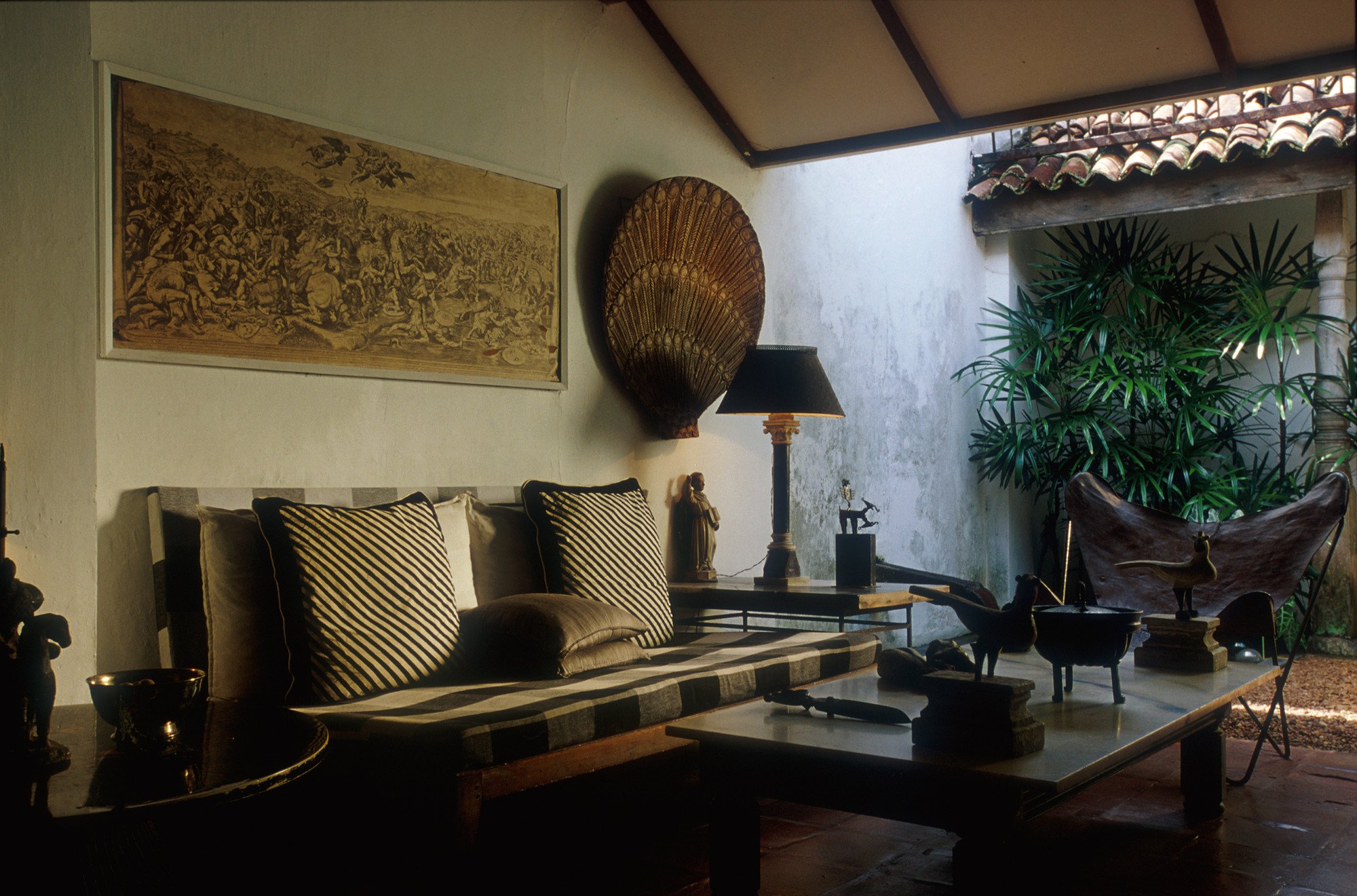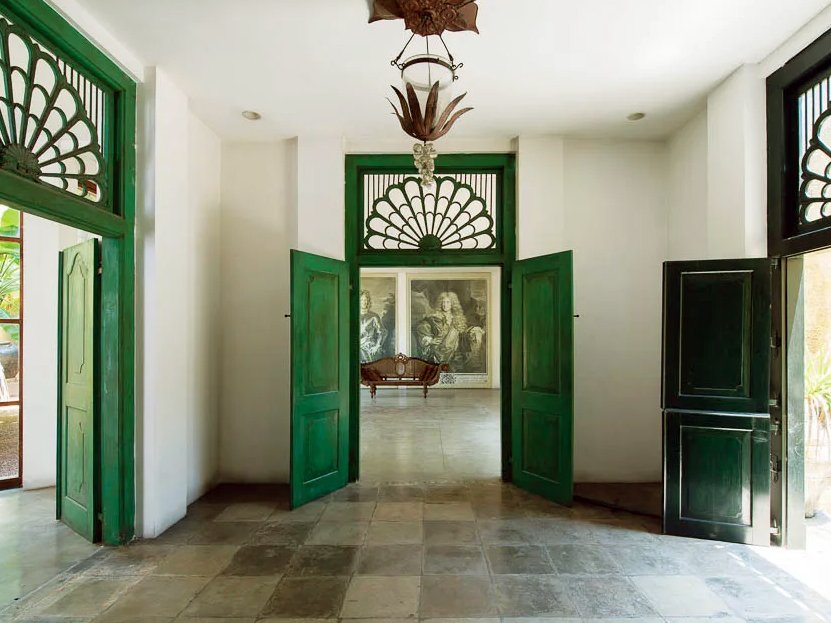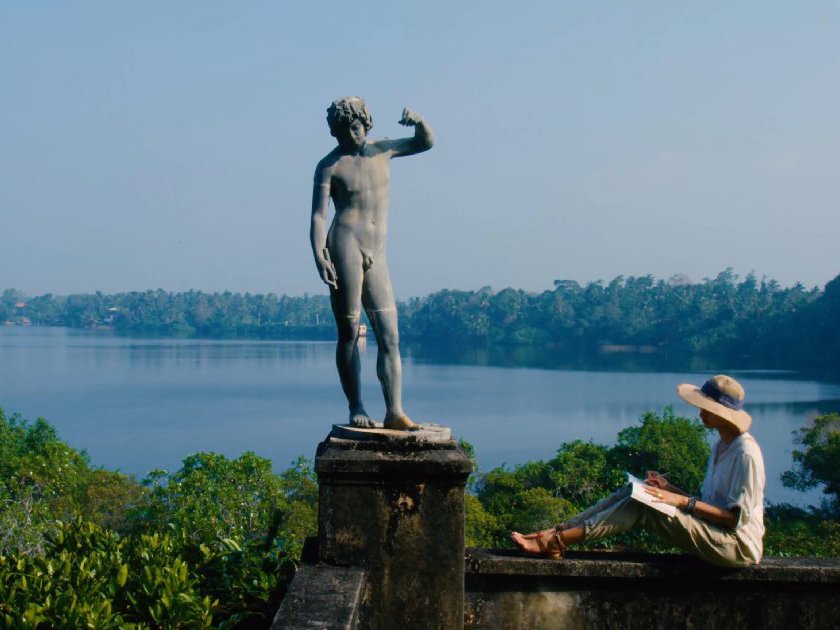Tropical Modernism: Geoffrey Bawa's Visionary Design
Courtesy of Geoffrey Bawa Trust
In the heart of Sri Lanka, whispers of Geoffrey Bawa's architectural genius weave through the tapestry of modern design. Bawa, a figure as mysterious as the shadowy interiors of his tropical masterpieces, didn't just build – he created narratives. His architectural legacy, far from being confined to the past, continues to echo in the contemporary design lexicon.
Bawa's journey from lawyer to architectural luminary was sparked by his fascination with Italy's enchanting design ethos. Bawa discovered a fluid connection between architecture and the surrounding landscape, a concept he would bring back home to his work in Sri Lanka. This new philosophy gave birth to 'tropical modernism,' a design style that seamlessly intertwined modern architectural principles with Sri Lanka's native resources, weather, and culture.
His magnum opus, Lunuganga, wasn't merely a house but a living, breathing entity. Continually evolving under Bawa's meticulous eye, the estate was an everchanging canvas that captured the essence of time. Bawa blurred the boundaries between the outdoors and indoors, with Lunuganga presenting an ongoing dialogue between architecture and nature.
Bawa's influence is evident in the proliferation of structures that now embrace their surroundings, including his Kandalama Hotel, a symbiosis of architecture and geology, inseparable from the mountain it reclines upon.
Kandalama Hotel, Sri Lanka
Geoffrey Bawa's work wasn't just about aesthetics; it was about creating harmony between humanity and nature, about viewing ourselves as part of the landscape rather than its rulers. It was a story of Sri Lanka, told through bricks and mortar, timber and stone.
Today, his architectural journey remains a testament to his innovative spirit—a story unfolding across Sri Lanka's landscape, indelibly etched in its cultural fabric. In Bawa's legacy, we are reminded of the profound impact of architecture, its power to reflect and shape the zeitgeist. This enduring narrative is as much Bawa's story as it is Sri Lanka's — a tale etched in stone and bathed in tropical sunlight.
Bawa in his office, 1985 © Harry Sowden









